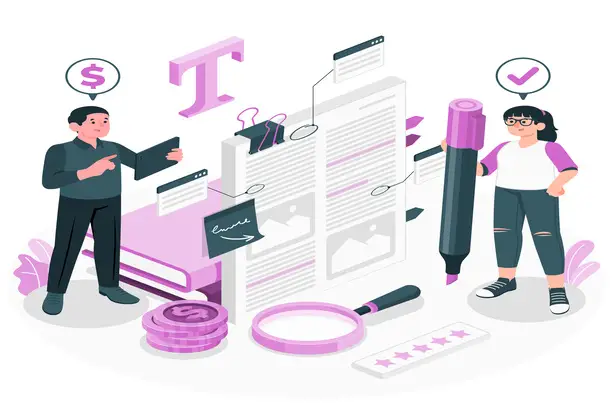


In the modern age of creativity and innovation, intellectual property protection has become a significant concern for both individuals and corporations. Understanding infringement is one important component of securing these creations. Infringement is the unauthorized use and violation of another’s intellectual property rights, which can result in legal penalties. The purpose of this page is to provide a detailed review of infringement, its different varieties, and the legal ramifications associated with it.
Infringement happens if an individual uses, copies, and even reproduces, or exploits the intellectual property of another person or company without sufficient authorization or consent. This intellectual property might include a wide range of works, such as copyrights, trademarks, patents, and trade secrets. Infringement is a violation of these rights under the law and can result in legal action being initiated against the offender.
This happens when someone uses or reproduces copyrighted property without the owner’s permission, such as literary works, music, movies, or software. Even slight changes to the original creation can be considered infringement.
This occurs when somebody makes, uses, offers for sale, or offers to sell an invented product without the authorization of the patent proprietor. This is frequently observed in circumstances involving technology, innovation, and invention.
This occurs when an entity uses an acknowledged trademark or a similar mark that is unlikely to create a misunderstanding with a previously authorized trademark. This can include making use of a similar logo, business name, or even a phrase.
Trade secrets, which include proprietary business information such as formulas, processes, and customer lists, can be violated if a person or entity gets, uses, or discloses such secrets without authorization.
Design patents protect the aesthetic design of a manufactured object. Infringement occurs when someone without authorization copies or imitates the design.
The owner of the intellectual property can issue a cease-and-desist letter to the infringing party, requiring them to immediately stop utilizing the unlawful material.
If the infringing party does not comply with cease-and-desist orders, the intellectual property owner may bring a lawsuit. Legal measures might result in monetary compensation and even the profits of the infringing party being awarded to the owner.
Courts can impose injunctions that prevent the infringing party from using the intellectual property in the future. This effectively puts a halt to their business operations until the issue is remedied.
In serious circumstances, such as counterfeiting or widespread infringement, criminal charges can be brought against the infringing party, which can result in penalties or imprisonment.
Individuals and businesses can take many actions to prevent infringing on the intellectual property rights of others:
Conduct extensive investigation to ensure that the intended use of intellectual property does not infringe on existing rights.
Before exploiting the rightful owners’ intellectual property, obtain the necessary licenses or permissions.
Focus on developing original content and concepts that are unlikely to infringe on pre-existing works.
To ensure compliance, contact legal professionals who specialize in intellectual property law.
In the field of intellectual property protection, infringement is a key concept. Understanding its different manifestations and potential outcomes is critical for both artists and consumers. Individuals and organizations may contribute to a fair and innovative ecosystem where creativity and innovation can thrive by respecting intellectual property rights and taking proactive actions to avoid infringement.